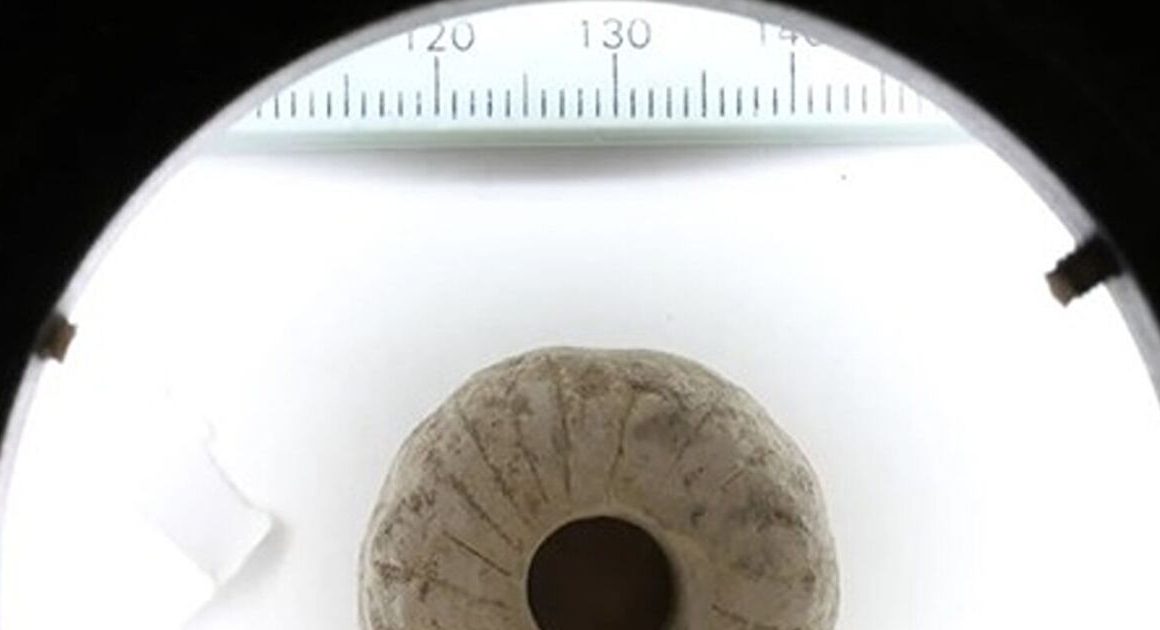The hurricane season is off to a roaring start, with Beryl the earliest Category 5 storm ever to form in the Atlantic Ocean.
Beryl has since been downgraded to a Category 4, yet as of Wednesday, it was still expected to bring life-threatening winds and storm surge to Jamaica.
Typically, coral reefs serve as a critical form of natural coastal protection against such powerful storms. But the warmer ocean waters are putting their future in doubt, even as hurricanes are predicted to become more powerful.
When water gets too hot, coral — which are living creatures — bleach and sometimes die.
“Unfortunately, we’re having bigger storms, more intense storms, and this is due to climate change,” said Nicola Smith, an assistant professor of biology at Concordia University who has studied coral reefs in the Bahamas, in a recent interview.
“So, you’re losing the reefs that are able to protect these communities at the same time that they’re going to need that protection more than ever.”

How coral reefs protect the coastline
Jennifer Koss, who studies coral reef preservation, described a healthy coral reef as “nature’s sea wall.”
“You’ve got this massive bulwark that essentially acts like a big source of friction and slows waves down, busts them up and prevents a lot of that energy from reaching the shore, eroding the shore … and damaging the infrastructure behind it,” said Koss, director of the coral reef conservation program at the U.S. National Oceanic and Atmospheric Administration (NOAA).
Research suggests coral reefs can reduce wave energy by an average of 97 per cent. For that reason, they are “flat-out essential in protecting low-lying islands from damage,” Michael Risk, professor emeritus of Earth, environment and society at McMaster University, said in an email.
Studies have also shown coral reefs have the capacity for regrowth if they are damaged during storms, and for growing upward to protect against rising sea levels.
Jamaica was put under curfew ahead of Hurricane Beryl making landfall. The Category 4 storm has killed at least six people and caused significant damage in the southeast Caribbean.
Mass bleaching
But coral reefs are struggling to deal with unprecedented ocean heat. Nearly all of the coral reefs in the Atlantic, off the Florida coast and in the Caribbean, have been hit with severe losses. NOAA confirmed a global mass bleaching event in April.
“When those bleaching events last too long, the tissue dies and then you see this stark white skeleton. And over time that hardened structure will erode, and you lose, then, the protective value of the reef,” Koss said.
“If corals don’t have enough time to recover from mass bleaching events, we’re sort of, over time, losing that really valuable structure … not only for coastal protection, but for biodiversity, food security and the other myriad ecosystem services that corals provide.”
Coral reefs in the Florida Keys have been decimated by disease, human activity and rising ocean temperatures. CBC’s international climate correspondent Susan Ormiston met the scientists engineering new coral in a lab and planting them in the wild to try to restore a critical ecosystem.
Risk said warm ocean temperatures and land-based pollution put coral reefs’ future in doubt. He said after corals die, the structure remains in place for a decade at most.
Researchers are working to prevent bleaching — in some cases, Koss said, by physically shading the water above coral reefs.
Koss said a hurricane or tropical storm can also help cool the water and ease pressure on coral reefs, provided the storm isn’t too powerful and doesn’t hit them directly.
“As a conservationist, it’s really kind of crazy to be praying for some sort of storm event or prolonged cloud exposure in order to break up the impacts of a bleaching event,” said Koss.
Fuelled by record-warm waters, this year’s hurricane season — which runs from June 1 to Nov. 30 — is forecast to be far busier than usual.













